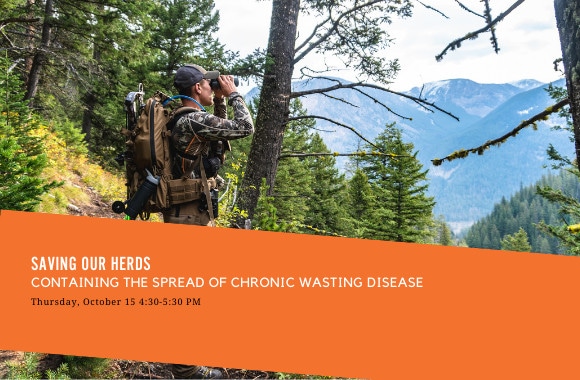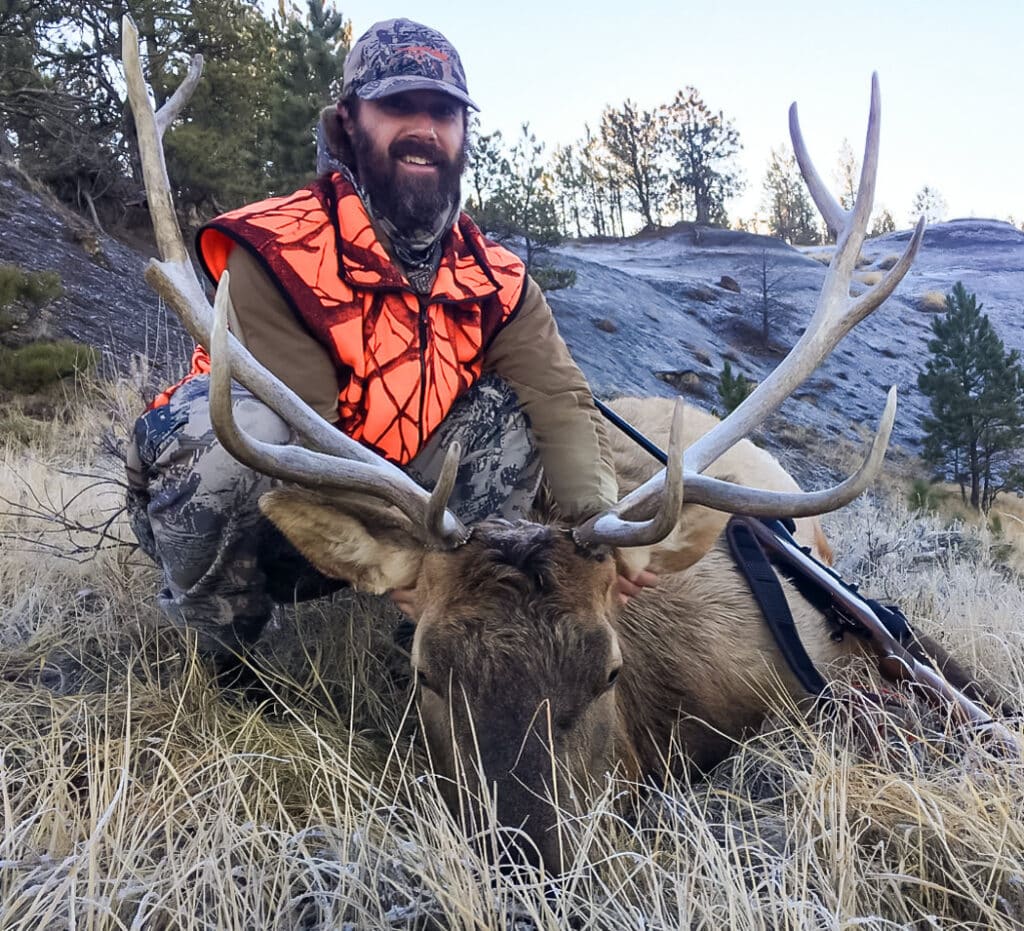Because of the impacts of COVID-19, we shifted the 2020 Montana Wildlife Conservation Celebration to a free, global, virtual gathering October 15-20. In making this celebration our most accessible ever—we’re also re-imagining our celebration entirely to ensure that you get the most from every minute.
The silent auction, Membership and Business, meeting and all panel discussions are open to conservationists in Montana, across the country and around the world. Share this invitation widely with your networks! Register today, invite your team, and get ready for some exciting updates in your inbox soon!
Voices in Conservation
Join panelists Marcia Brownlee Artemis Program Manager, Jimmy Flatt Hunters of Color Founder, Anna Le Fisheries Biologist and Environmental Educator, SJ Keller Queers and Camo as they discuss how hunters and anglers are speaking up for wildlife and wildlands while diversifying the outdoors.
 Marcia Brownlee, Artemis Program Manager
Marcia Brownlee, Artemis Program Manager
Marcia lives in Montana, where she spends as much time as she can hunting, fishing, hiking, camping, stargazing, and foraging . For 15 years, Marcia worked as an educator with a focus on place-based education that nurtured kids’ natural curiosity for and love of the outdoors. As the Artemis Program Manager, she focuses on creating a community of powerful, informed sportswomen who will foster positive change and defend and secure the future of our public lands, waters, and wildlife.
Artemis Sportswomen is on Facebook, Instagram, and Twitter.
Jimmy Flatt, Manufacturing Engineer and Founder of Hunters of Color
Jimmy grew up in the heart of California’s wine country (Sonoma Valley) where hills of vineyards have replaced a once-abundant oak savannah covered in elk, deer, bear (black and California Grizzly), mountain lion, coyote, salmon, steelhead and migratory birds. He moved to Oregon in search of ecosystems that have remained more wild, and to pursue my degree in Mechanical Engineering. Jimmy founded a non-profit called Hunters of Color with a mission to share my love of nature with everyone, so that future generations are prepared to conserve/protect/restore the wild places we have left.
Check out Hunters of Color on Instagram.
 Anna Le, Fisheries Biologist and Environmental Educator
Anna Le, Fisheries Biologist and Environmental Educator
Originally from California, Anna attended Oregon State University from 2014-2019, where she got her degree in Fisheries and Wildlife Science and developed her passion for protecting the rivers and all things inhabiting it. She also has a background in environmental education through many volunteer opportunities and seasonal positions as an outdoor field instructor having worked with students of all ages and families from varying backgrounds. She’s worked multiple field positions collecting fisheries data, developing curriculums for outdoor education, and creating social media content in the state of Oregon, Wyoming, and now resides in Colorado. With her cultural background, she believes diverse perspectives and personnel allow for better decision making in conserving the natural world.
Learn more about Anne on Instagram, and Twitter.
 SJ Keller, Queers and Camo and Science and Environmental Journalist
SJ Keller, Queers and Camo and Science and Environmental Journalist
Learn more about one of our panelists, SJ Keller, co-founder of Queers & Camo, a new group for LGBTQ+ outdoorspeople and allies. SJ is an independent science and conservation writer based in Bozeman, Montana. Their work on how society confronts challenging wildlife and natural resource issues has appeared in High Country News, VICE News, MeatEater, New Scientist, Science Magazine, Smithsonian.com, and others. In addition to being a passionate hunter, SJ loves gardening, forager, skiing and cycling. They are an ambassador for Artemis Sportswomen and a NextGen advisory board member for the Gallatin Valley Land Trust.
Learn more about SJ and Queers and Camo on Twitter and Instagram.



